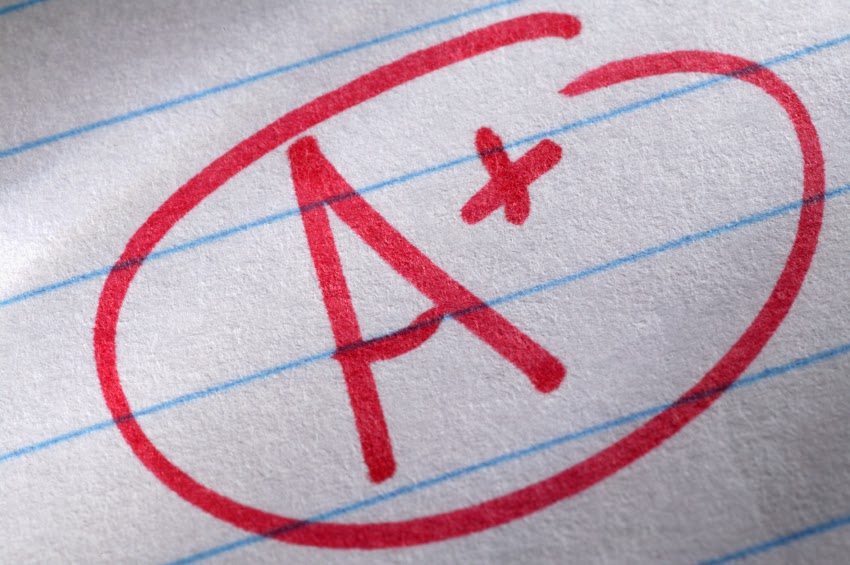Texto nivel C
 Mi actividad física favorita
es las artes marciales. Las artes marciales son un deporte, pero también
defensa personal.
Mi actividad física favorita
es las artes marciales. Las artes marciales son un deporte, pero también
defensa personal.
Me encanta practicar artes
marciales porque te enseña disciplina, te mantiene en forma y te da una gran
confianza. Practico karate, que es un arte marcial japonés. Me encanta
practicar karate porque combina puñetazos, patadas, proyecciones y es un arte
marcial que se adapta bien a mi constitución.
También me gusta mucho
entrenar armas como el tonfa, el bastón o los nunchakus porque es
muy divertido. No participo en competiciones porque entreno más defensa
personal. La defensa personal es más interesante que la competición deportiva.
El año pasado no entrené
mucho. Tuve mucho trabajo, pero fui a entrenar a veces con George Andrews sensei,
8o Dan de Karate Goju Ryu. También entrené kenjutsu. Kenjutsu
en español significa arte de la espada, y son escuelas antiguas de esgrima
japonesa. Practiqué Kashima Shinden Jikishin Kage ryu. Entrené una vez a
la semana solo y una vez al mes un un grupo en Kew. ¡Es estupendo!
El año que viene voy a
entrenar más. Como voy a tener coche, voy a poder entrenar con un maestro en
Croydon. También voy a entrenar más kenjutsu, voy a quedar con amigos en el
parque para practicar. ¡Va a ser estupendo!
Texto nivel Astar
Mi actividad física favorita
es las artes marciales. He practicado karate desde que tenía 10 años. Últimamente no estoy entrenando mucho, pero en cuanto
entrene en serio, recuperaré la forma rápidamente. Para entrenar
profesionalmente debes entrenar todos los días.
Me encanta practicar Karate porque te enseña disciplina, te mantiene en forma y te da una gran
confianza. Me encanta
practicar karate porque combina puñetazos, patadas, proyecciones y es un arte
marcial que se adapta bien a mi constitución. No participo en competiciones porque entreno más defensa
personal, que es más interesante que la competición deportiva.
He entrenado Aikido, varios
estilos de karate, JoJutsu, kung fu y también artes marciales europeas como
esgrima histórica y lucha greco-romana.
Sí, tengo varios amigos que son
profesores de artes marciales. Vicente, que vive en Madrid, es maestro de
Jojutsu. Victor, que vive en Valencia, es maestro de Aikido.
 El año pasado no entrené
mucho. Tuve mucho trabajo, pero fui a entrenar a veces con George Andrews sensei,
8o Dan de Karate Goju Ryu. También entrené kenjutsu. Kenjutsu
en español significa arte de la espada, y son escuelas antiguas de esgrima
japonesa. Entrené una vez a
la semana solo y una vez al mes un un grupo en Kew. ¡Es estupendo!
El año pasado no entrené
mucho. Tuve mucho trabajo, pero fui a entrenar a veces con George Andrews sensei,
8o Dan de Karate Goju Ryu. También entrené kenjutsu. Kenjutsu
en español significa arte de la espada, y son escuelas antiguas de esgrima
japonesa. Entrené una vez a
la semana solo y una vez al mes un un grupo en Kew. ¡Es estupendo!
El año que viene voy a
entrenar más. Cuando vivía en España entrenaba mucho,
pero en Londres no puedo entrenar tanto, cuando me saque el carnet de coche
podré entrenar con un maestro de Croydon muy bueno. También voy a
entrenar más kenjutsu, y quedaré con amigos en el parque para practicar. ¡Va a
ser estupendo! Me gustaría mucho volver a entrenar en serio.
Lo que más me gusta del entrenamiento es el
combate y el trabajo en grupo. Lo que menos me gusta es el trabajo técnico
individual. Me encanta entrenar
Karate.
Si tuviera tiempo y dinero, iría a vivir una
temporada a Japón. Cuando tenga un año sabático, iré a entrenar a Tokyo. En el futuro quiero entrenar más kenjutsu. Me gustaría
mucho ir a entrenar kenjutsu a Japón, pero prefiero entrenar karate en Europa.
 Mi deporte favorito es el fútbol
porque es genial. Últimamente juego al fútbol dos veces a la semana en un club,
pero también juego al fútbol en mi tiempo libre. Anteayer vi un partido de fútbol,
Suwon Bluewings contra Manchester United.
Suwon ganó el partido. Cuando sea más vejo, me gustaría jugar para Suwon
Bluewings. ¡Sería asombroso! En el futuro quiero visitar también Corea y me
gustaría jugar al fútbol con Jong Tae-se. Me encanta Jong Tae-se porque es
cuando era más joven, le escribía cartas y mandaba correos electrónicos, y él
me respondió. En el futuro voy al ver jugar a Jong Tae-se ¡Será estupendo! Cuando
estábamos en Corea conocimos a muchos futbolistas.
Mi deporte favorito es el fútbol
porque es genial. Últimamente juego al fútbol dos veces a la semana en un club,
pero también juego al fútbol en mi tiempo libre. Anteayer vi un partido de fútbol,
Suwon Bluewings contra Manchester United.
Suwon ganó el partido. Cuando sea más vejo, me gustaría jugar para Suwon
Bluewings. ¡Sería asombroso! En el futuro quiero visitar también Corea y me
gustaría jugar al fútbol con Jong Tae-se. Me encanta Jong Tae-se porque es
cuando era más joven, le escribía cartas y mandaba correos electrónicos, y él
me respondió. En el futuro voy al ver jugar a Jong Tae-se ¡Será estupendo! Cuando
estábamos en Corea conocimos a muchos futbolistas. 



























